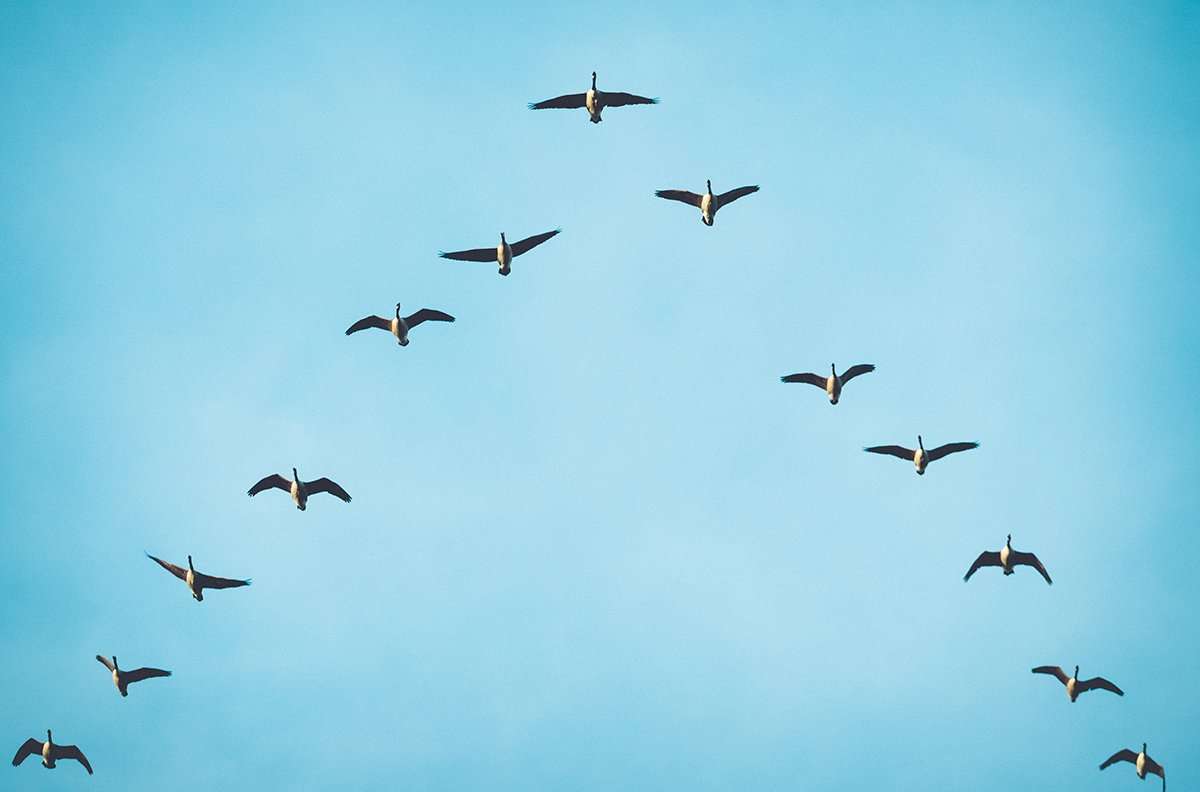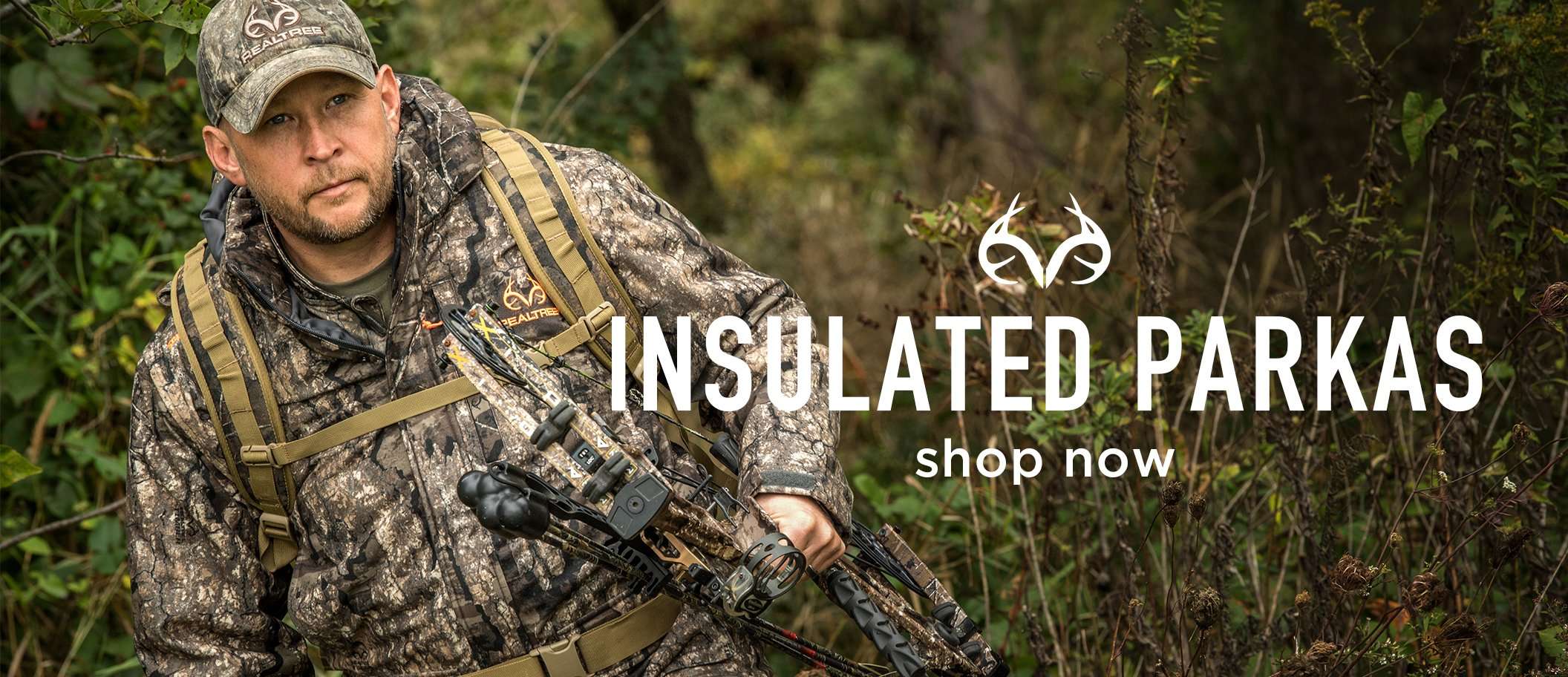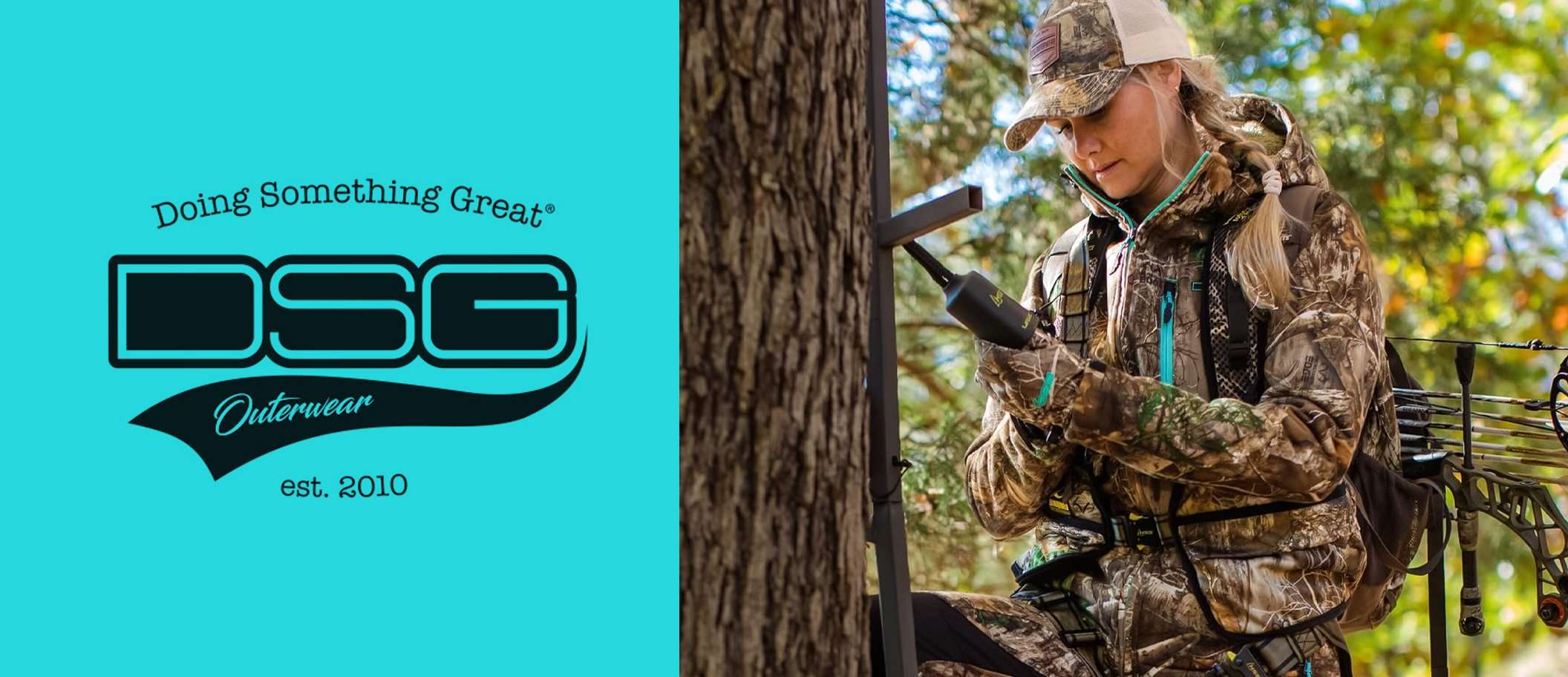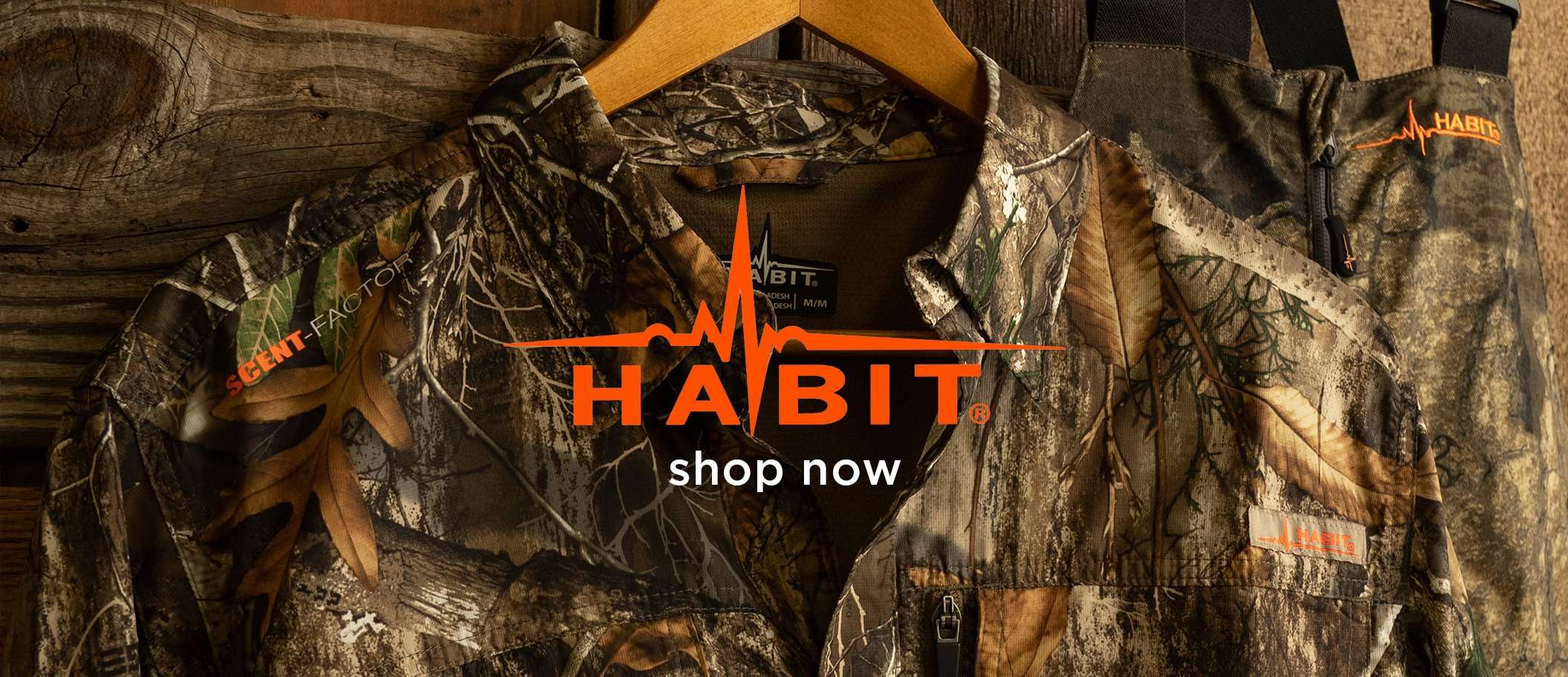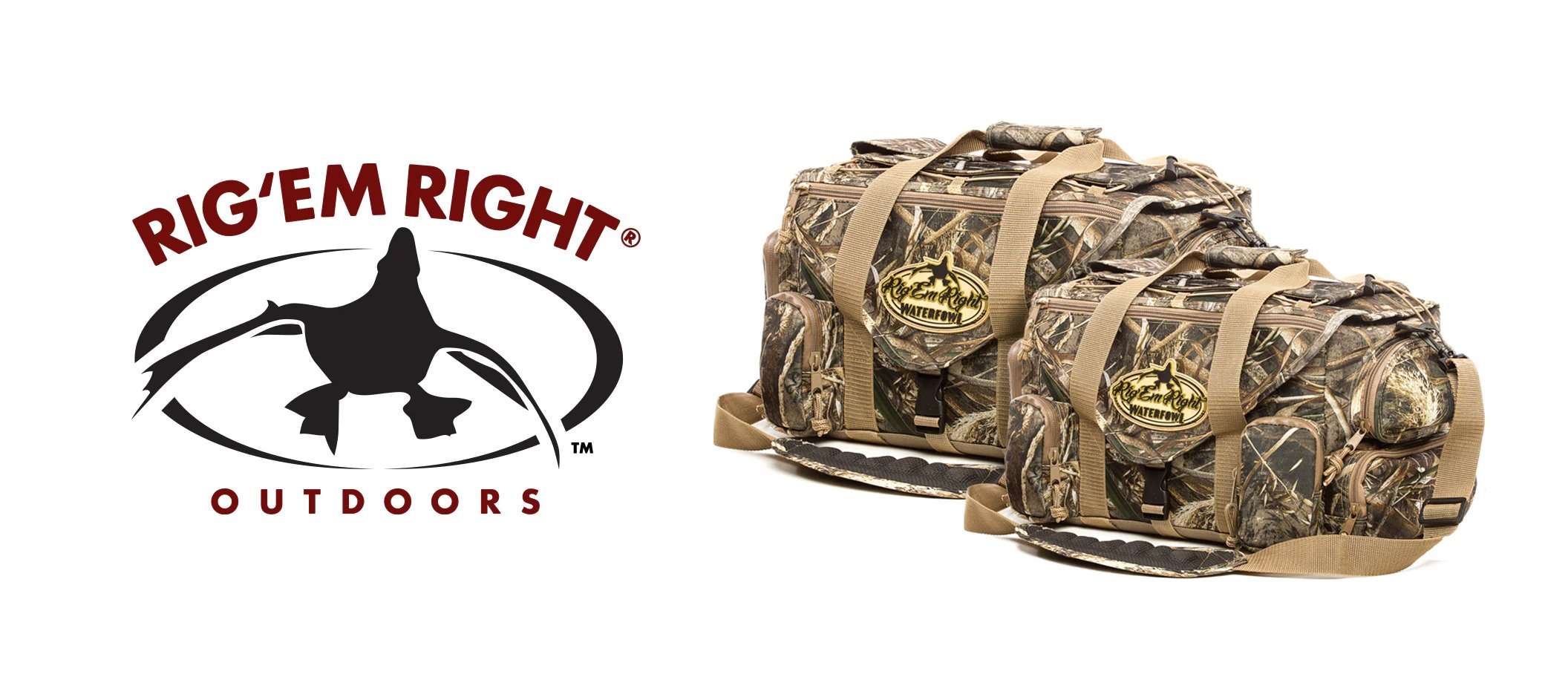202,400
Duck Statewide Harvest
71,900
Goose Statewide Harvest
23,200
No. Waterfowl Licenses Sold Annually
11.0
Ducks Per Hunter
4.7
Geese Per Hunter
$12.50
Cost of Resident Waterfowl Hunting License
State waterfowl stamp $15.50; state habitat stamp $5.50
Cost of Resident State Stamps and Permits
$25
Federal Duck Stamp
Season $57.75; five-day $35.75
Cost of Non-Resident Waterfowl Hunting License
State waterfowl stamp $15.50; state habitat stamp $5.50
Cost of Non-Resident State Stamps and Permits
$25
Federal Duck Stamp
Illinois has a rich waterfowl hunting heritage. The Illinois River was a stronghold for market hunting, and when that was outlawed, many of the old market hunters became guides, taking out wealthy hunters from Chicago, St. Louis and other cities. Charles Perdew, one of the most famous decoy carvers of all time, practiced his craft here, and his wife, Edna, painted his wooden masterpieces.
Hunting heritage also runs deep at Horseshoe Lake, which has traditionally been a major stopover for migrating Canada geese. The 11,000-acre Horseshoe Lake State Fish and Wildlife Area is still an important destination for migrating waterfowl, as well as waterfowl hunters.
One major problem with waterfowl hunting in Illinois is the availability of quality hunting spots. Much of the best habitat is owned by private clubs, the members of which have deep pockets. Hunting for the average joe can be crowded or lackluster.
The state manages more than 60 public hunting areas for waterfowl. One of the best, in terms of number of birds killed per hunter, is the Sanganois State Fish and Wildlife Area, at the confluence of the Sangamon and Illinois rivers. This area, as well as many others in the state, holds a drawing for hunting access. Lucky hunters who draw can hunt these managed areas for the entire season. Winners of draws on managed areas of the Mississippi River and Meredosia Lake get to hunt for two years. The program is designed to minimize hunting pressure while maximizing opportunities for those drawn. Unfortunately, there are far more applicants for those drawings than there are spots, leaving a lot of disgruntled hunters who must then fight it out with the crowds on lesser-quality areas. Privately owned farmland might be more accessible to the average hunter than private hunt clubs and can be a good place to shoot some geese.
Because of its poor hunting accessibility, Illinois gets a B, despite good numbers of birds on the Mississippi River, Illinois River and Horseshoe Lake.
— Compiled and written by Joe Shead
